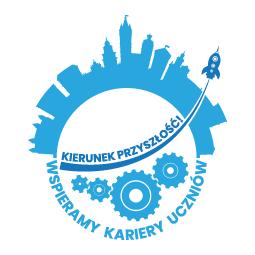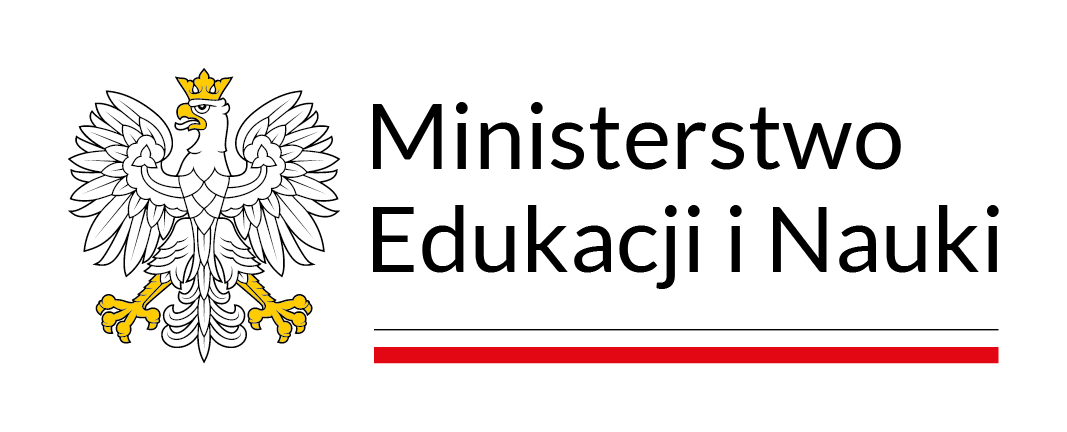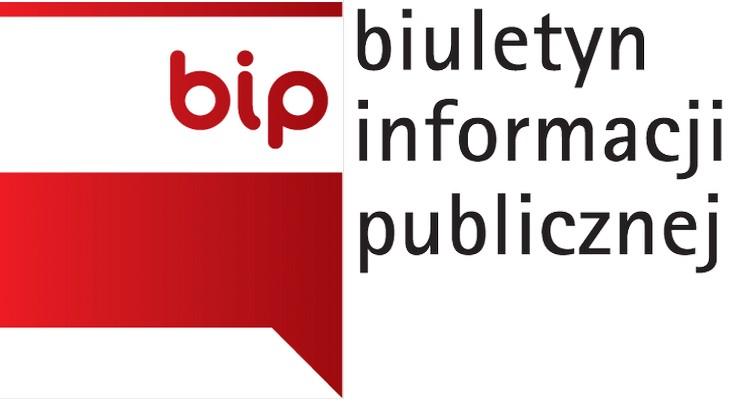Implementing hyper-targeted audience segmentation at a granular level demands a deep understanding of data collection, algorithm development, and dynamic adjustment mechanisms. This guide dissects each technical aspect with actionable steps, ensuring marketers and data specialists can craft highly precise segments that drive conversion and engagement. We focus on concrete methodologies beyond surface-level tactics, integrating real-world scenarios and troubleshooting tips to elevate your segmentation strategy from good to expert-level mastery.
1. Defining Precise Customer Personas for Hyper-Targeted Segmentation
Creating highly detailed customer personas is foundational to hyper-targeting. This process involves collecting and synthesizing multiple data types—demographic, psychographic, and behavioral—while maintaining dynamic updates to reflect real-time changes. Here’s how to approach each component with specificity:
a) Gathering Granular Demographic Data
- Age and Gender: Use form fields, account sign-ups, or third-party data sources to capture precise age brackets (e.g., 25-34) and gender identity. Ensure these are stored as structured attributes in your CRM or data warehouse.
- Income and Education Level: Implement surveys post-purchase or through targeted pop-ups, ensuring compliance with privacy laws. Use income ranges aligned with your product positioning.
- Geolocation Data: Leverage IP geolocation and GPS data for regional segmentation, updating dynamically as users move.
b) Incorporating Psychographic Profiles
- Values & Interests: Use survey responses, social media scraping, and content engagement signals to infer core values (e.g., sustainability) and interests.
- Lifestyle Factors: Analyze purchase timing, device usage, and content consumption patterns. For example, frequent mobile users during commute hours may indicate a lifestyle that favors quick, on-the-go solutions.
c) Using Behavioral Data
- Purchasing History: Track frequency, recency, and monetary value (RFM model). Segment high-value repeat buyers separately from one-time shoppers.
- Online Activity Patterns: Map page views, clickstreams, and time spent on content. Use heatmaps and session recordings for granular insights.
- Engagement Metrics: Record email opens, link clicks, and social shares, correlating engagement type with specific personas.
d) Creating Dynamic Personas
Implement data feed integrations (e.g., API connections to CRM, web analytics, and third-party sources) to automate persona updates. Use tools like Apache Kafka or AWS Kinesis to stream real-time data into your data warehouse, enabling dashboards that refresh dynamically. For example, if a customer’s recent online activity indicates a shift in interests, your segmentation engine can automatically adapt the persona attributes within minutes.
2. Advanced Data Collection Techniques for Hyper-Targeting
Achieving hyper-targeting precision requires sophisticated data collection methodologies. This section details how to implement, validate, and secure your data acquisition processes:
a) Implementing First-Party Tracking
- Cookies & Local Storage: Deploy JavaScript snippets that set and read cookies for user identification, session tracking, and preference storage. Use secure, HttpOnly cookies for sensitive info.
- Website Analytics: Configure Google Analytics 4 or custom event trackers with custom parameters (e.g., 'product_category’, 'user_tier’) for granular insights.
- CRM Integrations: Sync website behaviors with CRM entry points via API or webhook triggers, capturing lead source, engagement level, and lifecycle stage.
b) Leveraging Third-Party Data Providers
- Provider Selection: Choose reputable sources like Acxiom, Oracle Data Cloud, or Neustar, validating data freshness and accuracy through sample audits.
- Data Validation: Regularly cross-reference third-party attributes with known customer data points to identify anomalies or outdated info.
c) Utilizing AI-Powered Data Enrichment Tools
- Tools & Platforms: Use services like Clearbit, Leadspace, or InsideView to augment profiles with firmographic, technographic, and intent data.
- Implementation: Set up API-based integrations, automating enrichment upon form submission or CRM updates. Schedule regular batch enrichments for static profiles.
d) Ensuring Data Privacy & Compliance
Tip: Always implement clear consent workflows. Use cookie banners that allow granular opt-ins for different data uses, and maintain detailed logs for compliance audits with GDPR and CCPA.
- Consent Management: Deploy tools like OneTrust or TrustArc for managing user consents and preferences.
- Data Minimization: Collect only data necessary for segmentation goals and anonymize sensitive attributes where possible.
3. Segmenting Audiences at a Micro-Scale: Technical Implementation
Translating detailed customer data into actionable segments requires precise technical setup within your marketing automation and data analysis platforms. Here’s a detailed blueprint:
a) Setting Up Segment Criteria in Automation Platforms
- Define Attribute Thresholds: For example, create segments where income > $75,000, interest includes „sustainability,” and recent purchase frequency > 3/month.
- Use Boolean Logic: Combine criteria with AND/OR logic, e.g., (Interest = Sustainability) AND (Location = Urban).
- Leverage Dynamic Lists: Use real-time filters that automatically update based on the latest data feed.
b) Developing Custom Behavior-Based Algorithms
- Step 1: Data Normalization: Standardize activity logs (e.g., timestamp formats, event naming conventions).
- Step 2: Rule Definition: Create rules such as „If user viewed product X > 3 times in last week AND added to cart but did not purchase.”
- Step 3: Implementation: Use SQL or scripting within your data pipeline (e.g., Python scripts, BigQuery SQL) to assign segment labels based on these rules.
c) Applying Machine Learning Models for Pattern Recognition
- Model Selection: Use clustering algorithms like K-Means or hierarchical clustering to identify hidden segments.
- Feature Engineering: Include variables like recency, frequency, monetary value, content engagement scores, and psychographics.
- Model Training & Validation: Use labeled subsets to validate cluster stability. Tools like scikit-learn or TensorFlow can automate this process.
- Deployment: Integrate cluster outputs into your marketing automation platform via API or CSV import for targeted campaigns.
d) Incorporating Real-Time Data Streams for Dynamic Segmentation
Use event-driven architectures with stream processing (e.g., Apache Kafka, AWS Kinesis) to update segment membership dynamically. For example, if a customer suddenly exhibits high purchase intent signals (e.g., multiple cart abandonments), trigger immediate inclusion in a high-priority segment to receive personalized outreach within minutes.
4. Creating Highly Personalized Content and Offers for Segments
Personalization at the segment level goes beyond simple message customization. It involves designing content templates and recommendation engines that adapt based on segment attributes and real-time signals. Implementation requires technical acumen and iterative testing:
a) Designing Tailored Messaging Templates
- Attribute-Based Content Blocks: Use placeholders for segment-specific details, e.g., „Dear {FirstName}, as a {Interest} enthusiast, you’ll love…”
- Template Variants: Create multiple versions for each segment, tested with A/B/n experiments to identify the most effective messaging tone and offers.
b) Using Conditional Content Blocks in Campaigns
- In Email Platforms (e.g., HubSpot, Mailchimp): Implement conditional logic with merge tags or custom code snippets:
- Example: {% if segment=’High-Value’ %} Show premium product recommendations {% else %} Show standard offers {% endif %}.
- In Web Personalization: Use JavaScript snippets that evaluate user attributes and display content accordingly.
c) Developing AI-Driven Personalized Recommendations
- Data Preparation: Aggregate browsing, purchase, and interaction data per user.
- Model Building: Use collaborative filtering or content-based algorithms (e.g., matrix factorization, deep neural networks) via platforms like TensorFlow or PyTorch.
- Deployment: Integrate APIs into your web or email systems to deliver real-time recommendations, e.g., „Because you viewed X, you might like Y.”
d) Testing & Optimization
Expert Tip: Use multivariate testing to simultaneously evaluate different personalization variables—such as message copy, images, and product recommendations—to optimize conversion rates continually.
5. Automation and Workflow Optimization for Hyper-Targeted Campaigns
Automation facilitates real-time, multi-stage customer journeys that respond instantly to user actions, increasing engagement and conversion. Here’s how to design and implement these workflows with precision:
a) Building Multi-Stage Customer Journey Workflows
- Define Entry Points: For example, a user viewing a product page triggers the workflow.
- Map Journey Steps: Sequence actions such as personalized email, retargeting ads, and on-site offers based on user responses.
- Use Automation Tools: Platforms like Marketo, HubSpot, or ActiveCampaign support visual workflow builders with branching logic.
b) Triggering Real-Time Responses
- Event Listeners: Implement JavaScript event listeners to detect clicks, scrolls, or form submissions, triggering API calls to your automation platform.
- Webhook Integration: Send real-time data to your campaign engine, e.g., „User abandoned cart after 2 minutes” triggers a personalized reminder within seconds.
c) Using Predictive Analytics
- Customer Lifetime Value (CLV) Prediction: Use historical data to forecast future value, automating upsell or retention outreach accordingly.
- Next-Best-Action Models: Leverage machine learning to recommend the next best offer or message, integrated via API into your workflow.
d) Common Pitfalls & Troubleshooting
Warning: Over-segmentation can lead to complex, unmanageable workflows. Regularly audit segment overlaps and workflow triggers for redundancies. Also, ensure that data sync delays do not cause outdated personalization or misaligned messaging.
6. Measuring and Refining Hyper-Targeted Strategies
Continuous measurement and refinement are critical for maintaining the effectiveness of hyper-targeted campaigns. Focus on detailed KPIs and iterative testing:
a) Tracking Key Performance Indicators















